So, you’re thinking about getting a pet snake? Awesome! Snakes can make surprisingly chill and low-maintenance companions—no barking, no shedding, and no 5 a.m. zoomies. But before you rush off to your nearest reptile expo or exotic pet shop, there are a few things you’ll want to consider to ensure you find the best beginner snakes.
Let’s talk about the best snakes for beginners and what you need to know before making a final decision on which species is right for you.
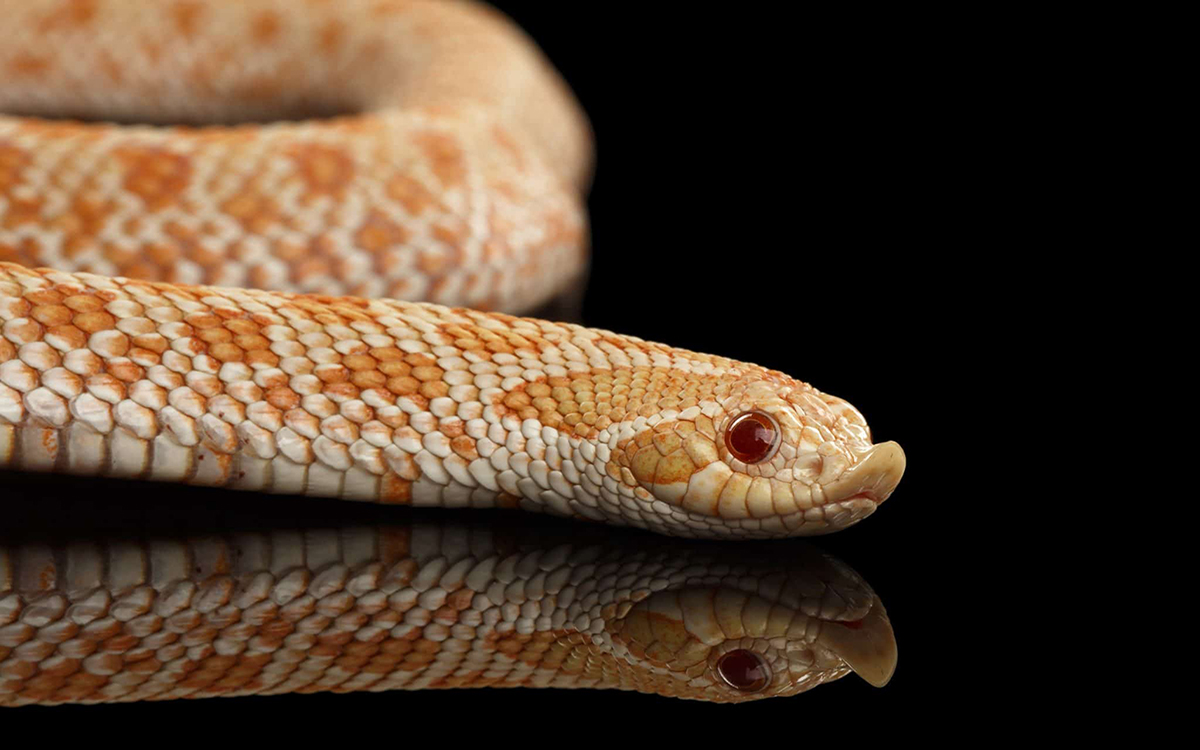
Why Snakes Make Great Pets
Before we get into the how-to part, let’s take a second to appreciate why snakes are even worth considering as pets:
- They’re quiet and don’t need constant attention
- No fur = no allergies or shedding
- Most eat just once a week (and poop even less often)
- With the right setup, their habitats are pretty low-maintenance
- They’re fascinating to watch—seriously, they’re like living art
But not all snakes are created equal when it comes to being a good pet. Some are calm and easy to handle. Others… not so much.
Step 1: Know Your Snake Personality (and Yours!)
Just like dogs have different temperaments depending on breed, snakes vary widely in terms of behavior, size, care needs, and overall vibe.
Ask yourself:
- How much time do I have to care for a pet?
- Am I okay feeding frozen (or live) rodents?
- Do I want a small snake or one that can grow several feet long?
- Am I planning to handle it regularly, or just admire it from afar?
Your answers will shape which species are a good fit for you.
Step 2: Understand Their Needs
Every pet snake needs:
- A secure, escape-proof enclosure
- Consistent heating and humidity
- Access to clean water
- Hides and enrichment items (yep, snakes get bored too)
- A proper diet—usually rodents, but not always
- Regular handling and care (depending on species)
If that sounds doable, you’re already halfway there.
Step 3: Choose a Beginner-Friendly Species
Here are a few top contenders for best beginner snakes, that are typically docile, hardy, and relatively easy to care for.
Corn Snake
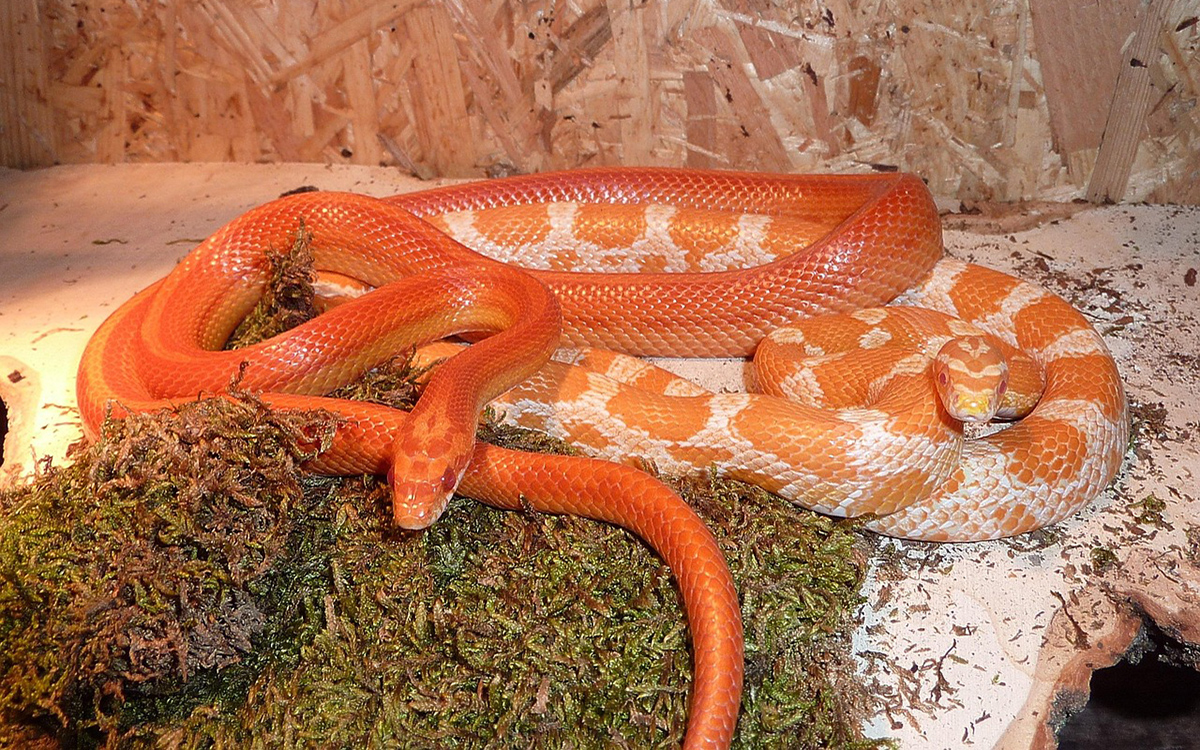
Pros:
✔ Super docile and easy to handle
✔ Comes in tons of colors (called “morphs”)
✔ Doesn’t get too large (3–5 feet)
✔ Eats frozen/thawed mice easily
Considerations:
➡ Needs a secure enclosure—they’re escape artists
➡ Active and curious, so they’ll need some enrichment
Ball Python
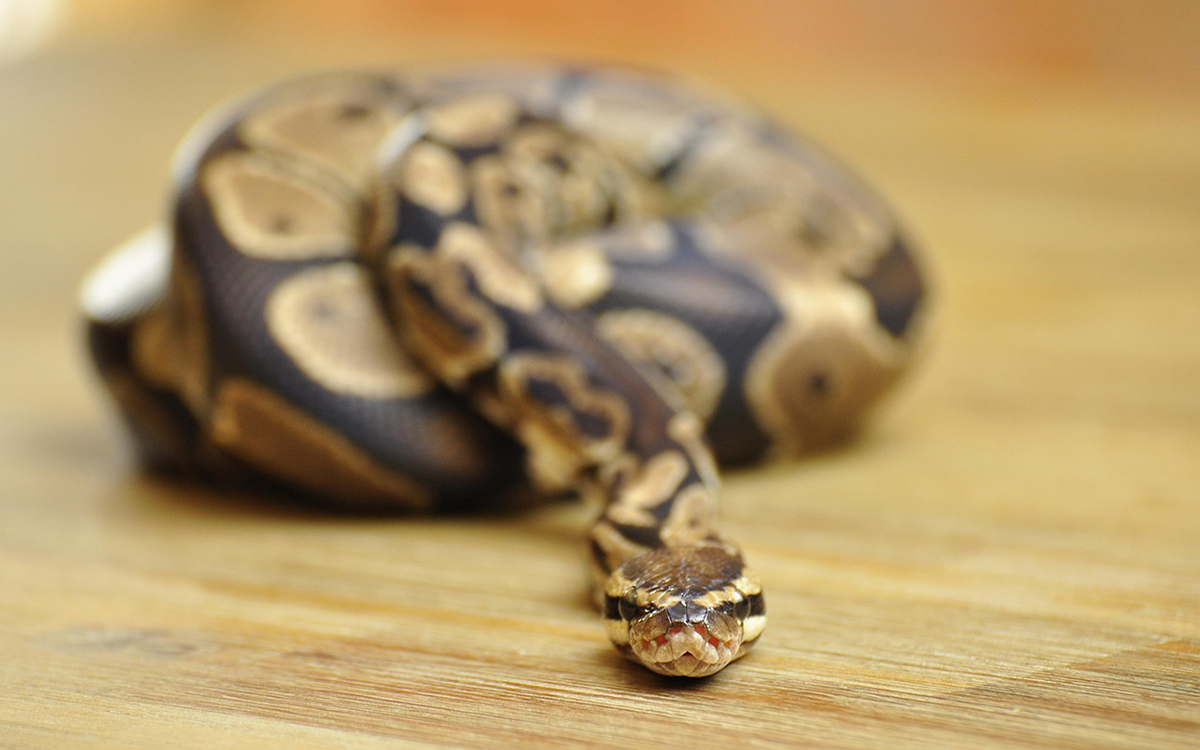
Pros:
✔ Calm and easygoing—great for handling
✔ Low activity level = less need for a huge tank
✔ Beautiful morphs available
Considerations:
➡ Known to go on “hunger strikes”
➡ Needs very specific humidity levels
Rosy Boa
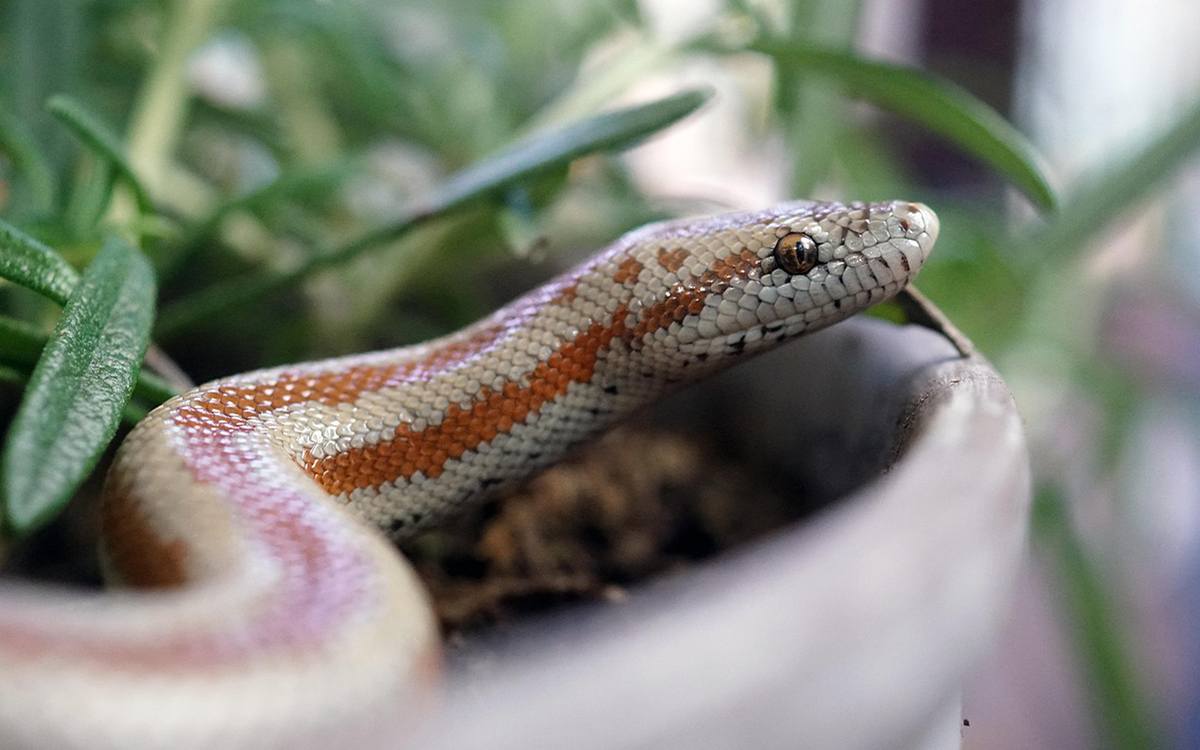
Pros:
✔ Very small and slow-moving
✔ Easy to care for and not picky about food
✔ Doesn’t need a huge enclosure
Considerations:
➡ May burrow and hide most of the time
➡ Not as widely available in pet stores
California Kingsnake
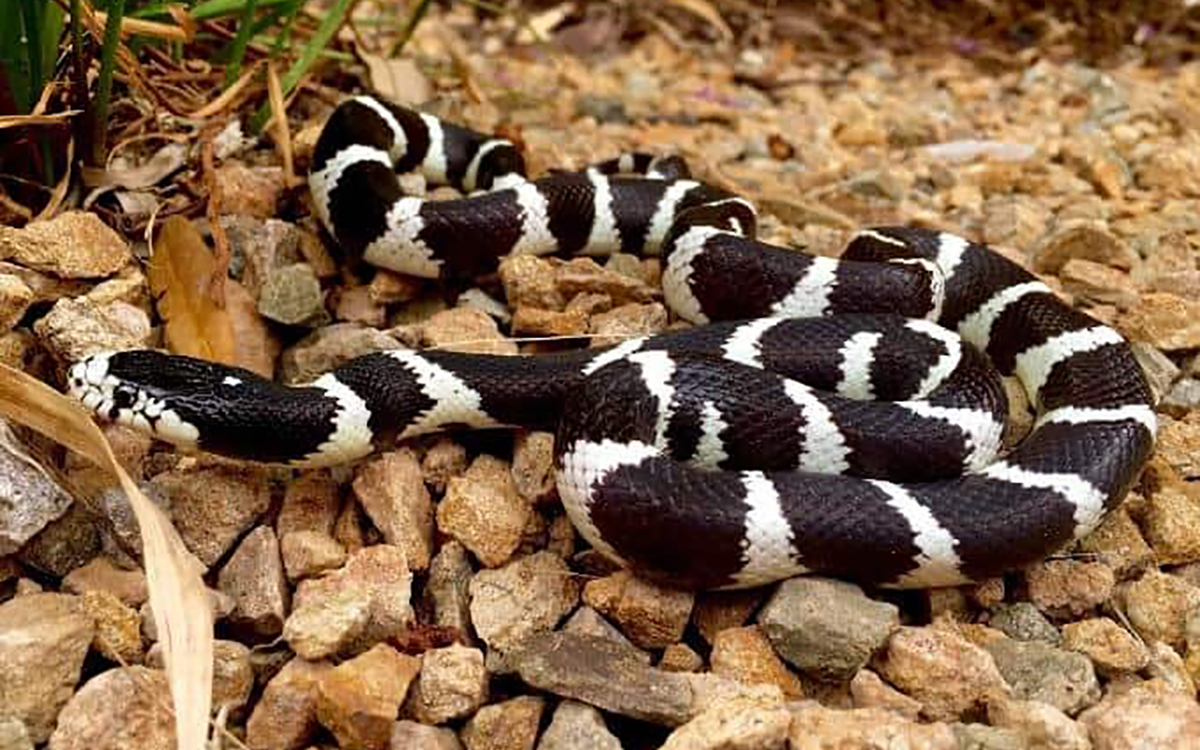
Pros:
✔ Hardy and easy to care for
✔ Gorgeous black-and-white or brown-and-yellow banding
✔ Eats well and adapts easily
Considerations:
➡ Can be a bit squirmy when young
➡ Must be housed alone—they’re known cannibals
Snakes to Avoid as a First-Time Owner
Some snakes are better left to the pros:
- Boa Constrictors – beautiful but big and strong
- Reticulated Pythons – very intelligent, but huge and potentially dangerous
- Green Tree Pythons or Emerald Tree Boas – stunning but aggressive and hard to handle
- Wild-caught snakes – often come with health problems and don’t acclimate well
Stick to captive-bred snakes from reputable breeders or pet stores that specialize in reptiles.
Step 4: Set Up the Perfect Habitat
Each species has different needs, but the basics usually include:
Step 5: Buy From a Reputable Source
Avoid impulse buys at reptile expos or from sketchy sellers on Craigslist. Instead:
- Look for breeders who specialize in the species you want
- Read reviews and ask questions
- Make sure the snake is eating regularly and appears healthy (clear eyes, no stuck shed, active but calm when handled)
Pro tip: Ask what the snake is currently eating—switching food types (like live to frozen) can be tricky.
Final Thoughts: Pet Snakes Are a Commitment—But a Cool One
Choosing the best pet snakes to have comes down to being honest about what you want and what you can handle. If you’re cool with the occasional mouse in your freezer and a bit of upfront setup, a pet snake can be an incredibly rewarding companion. Just remember: it’s not a prop, a toy, or a dare. It’s a living creature with real needs.
Get the right species for you, learn everything you can, and you’ll be rewarded with a calm, fascinating pet that just might turn you into a lifelong reptile lover.
